Archives
- 2025-12
- 2025-11
- 2025-10
- 2025-09
- 2025-03
- 2025-02
- 2025-01
- 2024-12
- 2024-11
- 2024-10
- 2024-09
- 2024-08
- 2024-07
- 2024-06
- 2024-05
- 2024-04
- 2024-03
- 2024-02
- 2024-01
- 2023-12
- 2023-11
- 2023-10
- 2023-09
- 2023-08
- 2023-07
- 2023-06
- 2023-05
- 2023-04
- 2023-03
- 2023-02
- 2023-01
- 2022-12
- 2022-11
- 2022-10
- 2022-09
- 2022-08
- 2022-07
- 2022-06
- 2022-05
- 2022-04
- 2022-03
- 2022-02
- 2022-01
- 2021-12
- 2021-11
- 2021-10
- 2021-09
- 2021-08
- 2021-07
- 2021-06
- 2021-05
- 2021-04
- 2021-03
- 2021-02
- 2021-01
- 2020-12
- 2020-11
- 2020-10
- 2020-09
- 2020-08
- 2020-07
- 2020-06
- 2020-05
- 2020-04
- 2020-03
- 2020-02
- 2020-01
- 2019-12
- 2019-11
- 2019-10
- 2019-09
- 2019-08
- 2019-07
- 2019-06
- 2019-05
- 2019-04
- 2018-11
- 2018-10
- 2018-07
-
In this regard http www apexbt
2021-08-05
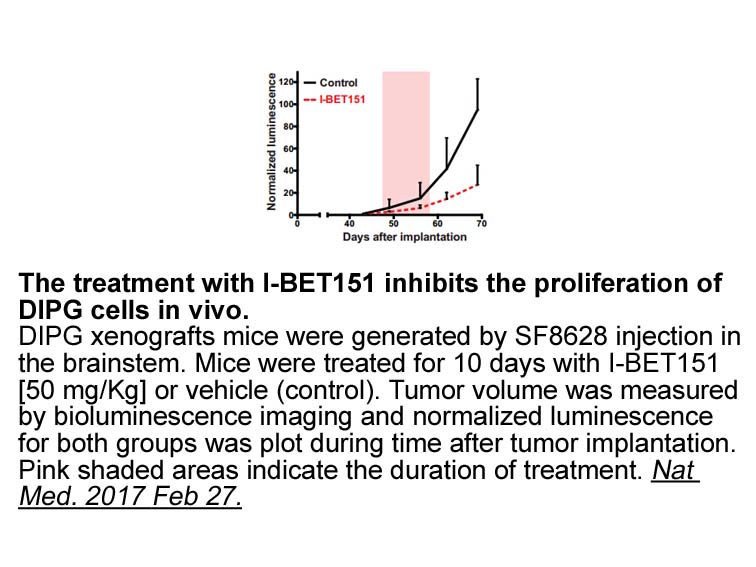
In this regard, some attempts have been made to reduce the presence of those radicals. In presence of fluorine source, it seems that the fluorine atoms can substitute the hydrogen atoms linked to silicon atoms, forming Si-F bonds with a higher bonding Digoxigenin-11-dUTP (536 kJ mo1−1) than the Si-
-
br Cytochrome P monooxygenases Cytochrome P monooxygenases P
2021-08-05
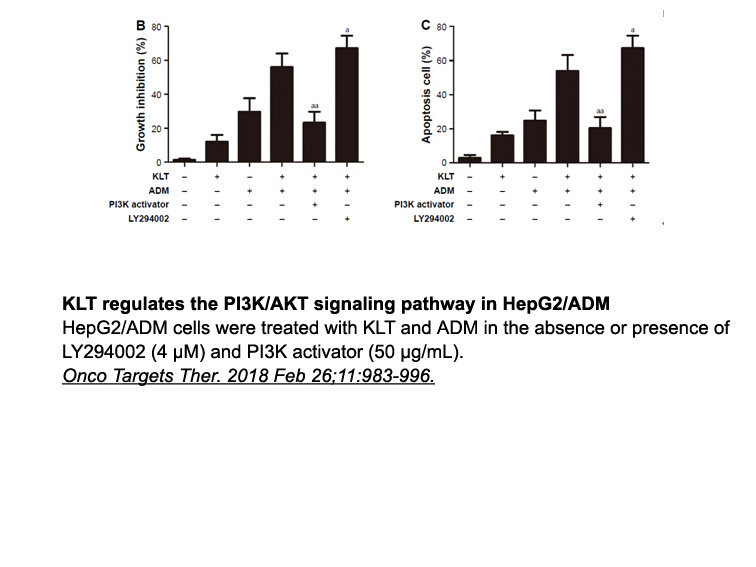
Cytochrome P450 monooxygenases Cytochrome P450 monooxygenases (P450s) belong to one of Nature’s most versatile group of enzymes for C–H functionalization and are able to perform challenging regioselective and stereoselective activations of remote, unactivated C(sp3)–H bonds, for which there are o
-
br Regulation of cadherin switching The downregulation of E
2021-08-05
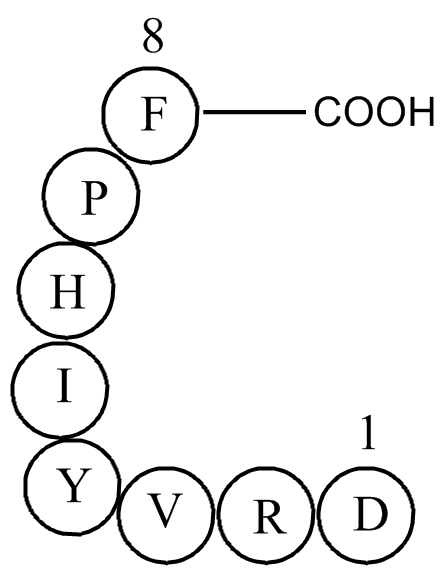
Regulation of cadherin switching The downregulation of E-cadherin during cadherin switching is induced by multiple mechanisms, including methylation of the E-cadherin promoter and signaling pathways that activate E-cadherin-suppressing transcription factors [[61], [62], [63]]. During the progress
-
br Acknowledgements br Introduction Three structurally relat
2021-08-05
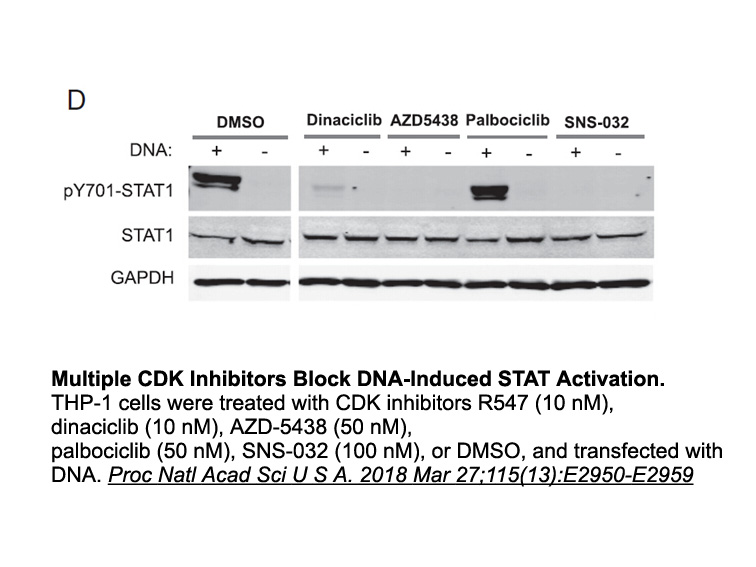
Acknowledgements Introduction Three structurally related fungal metabolites have been isolated from chloroform extracts of submerged rice cultures of Aspergillus terreus 23-1 from stored unhulled rice in Taiwan; these were named territrems A–C to indicate their biological origin (A. terreus) a
-
Currently two approaches can be used individually or combine
2021-08-05
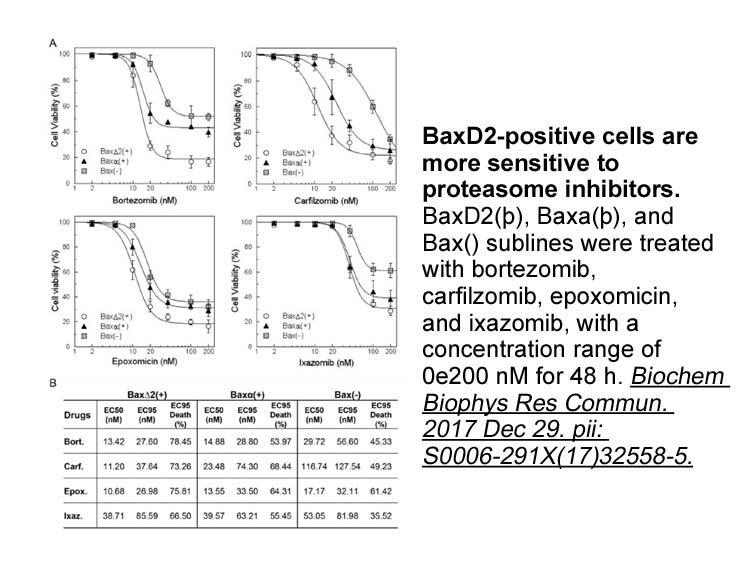
Currently, two approaches can be used individually or combinedly to overcome weak immunogenicity of subunit orphan receptor (Bookstaver et al., 2018; Moyle, 2017; Vartak and Sucheck, 2016). The first is to design particulate antigens. Virus-like particles (VLPs), for example—mainly derived from the
-
br Materials and methods br
2021-08-05
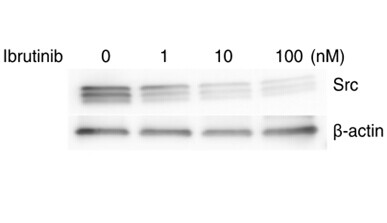
Materials and methods Results Discussion Plg plays important roles in various physiological processes, such as fibrinolysis, proteolysis, cell migration, differentiation, tissue remodeling, and inflammation [6], [7], [8]. We herein found that Plg deficiency enhanced insulin secretion, and w
-
Primary human GBM neurospheres expressed high levels of the
2021-08-05
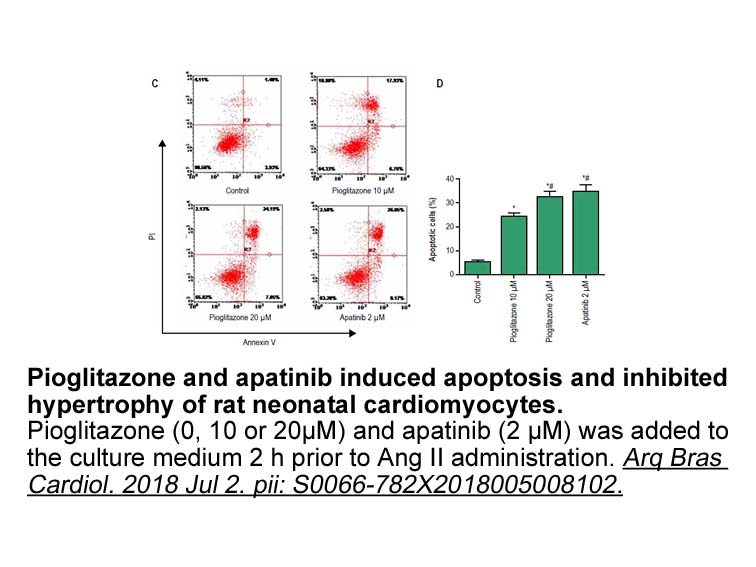
Primary human GBM neurospheres expressed high levels of the metabolic enzyme fatty acyl-CoA synthetase VL3 (ACSVL3) that were associated with CSCs self-renewal and tumorigenic capacity. ACSVL3 knockdown significantly decreased ALDH levels, indicating its contribution to cell metabolism and maintenan
-
br Results and Discussion br
2021-08-05
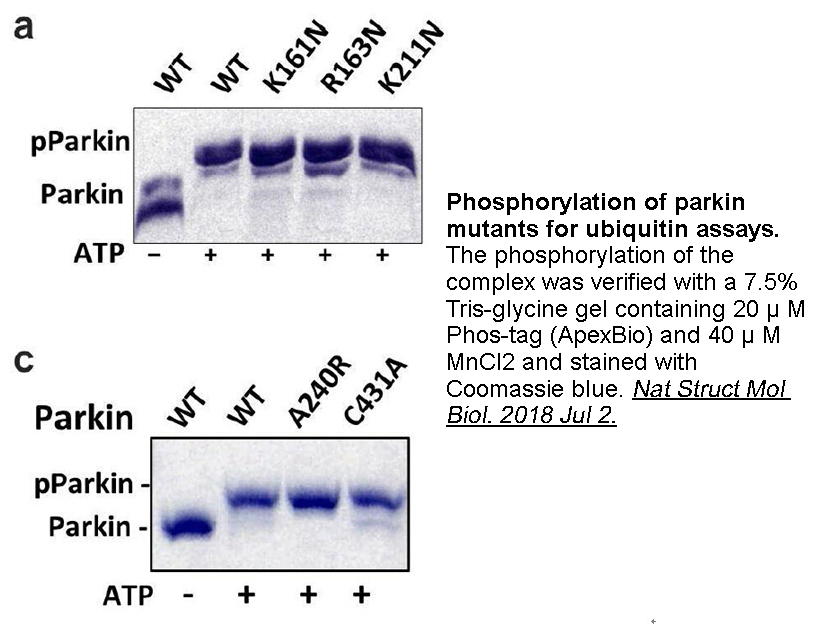
Results and Discussion Materials and Methods Acknowledgements Introduction Among the solid tumors, Prostate cancer (PCa) has been one of the most frequently diagnosed malignancy in men and the second male's cancer related deaths in the developed countries [1]. In China, the incidence and
-
BRD4770 australia To evaluate the new quadrupolar CPA qCPA t
2021-08-04
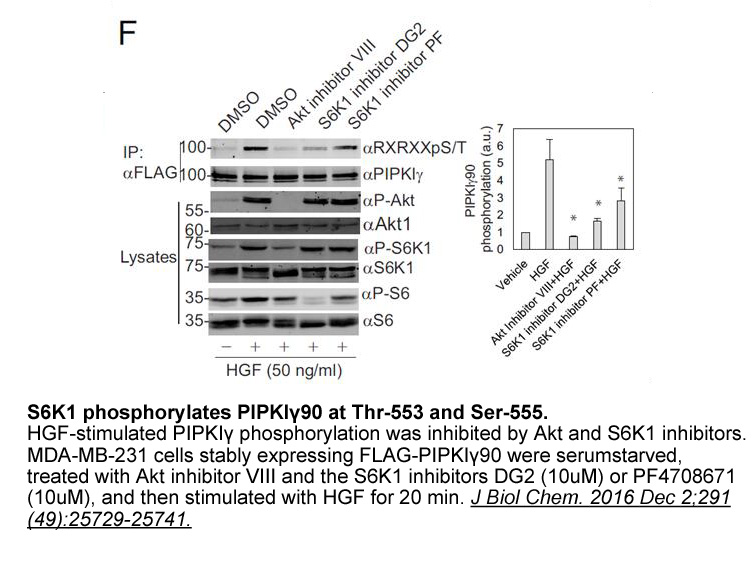
To evaluate the new quadrupolar CPA (qCPA) the pure fluid properties of CO2 are predicted both in the critical region and in the compressed liquid region. The model is furthermore applied for the prediction and correlation of binary mixtures with CO2 and n-alkanes, water, alcohols and a few quadrupo
-
br Discussion The present study
2021-08-04
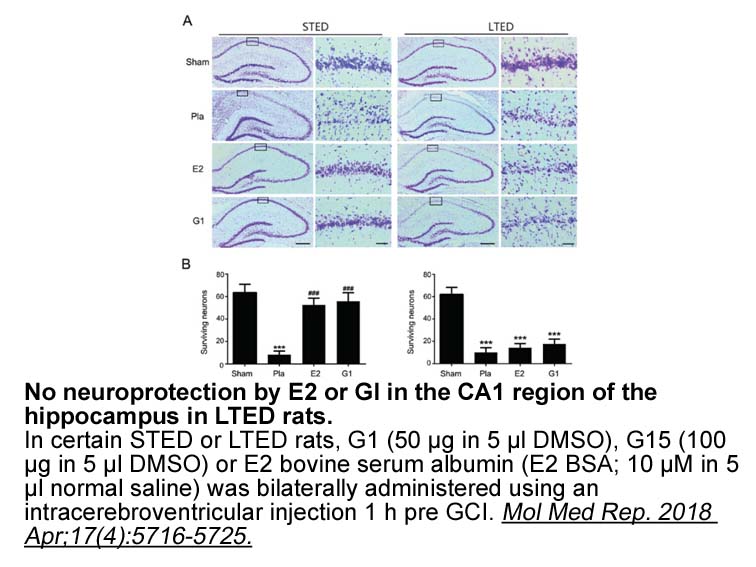
Discussion The present study found cholinesterase activity in Saccostrea sp. to vary significantly among three tissue types (digestive gland, gills, adductor muscle) and to respond differentially to four toxicants, three of which were non-organophosphates. Furthermore, a comparison of enzyme acti
-
We should also note that
2021-08-04
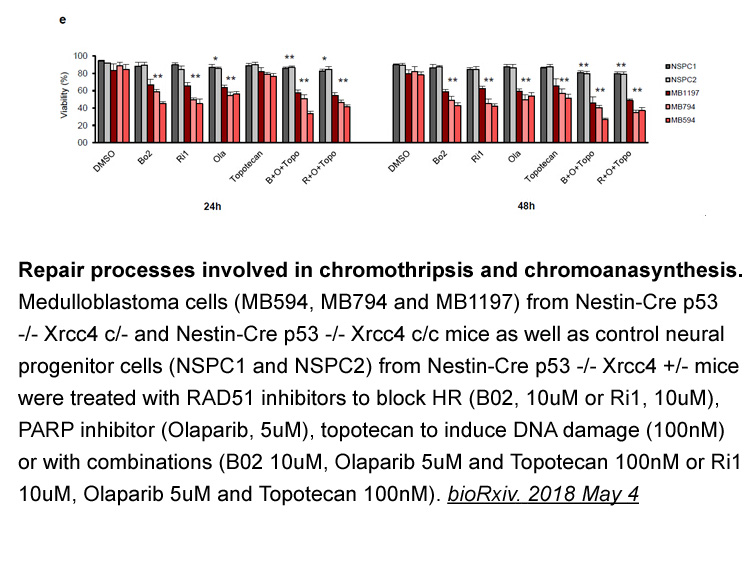
We should also note that oxygen pressure of Krebs solution bubbled with 95% O2+5% CO2 as we used in our study is reported to around 400 mmHg in several studies [48], [49], which is higher than normal arterial O2 pressure (80–100 mmHg). Although superoxide generation at elevated O2 tensions are noted
-
The molecular mechanisms regulating the differentiation
2021-08-04
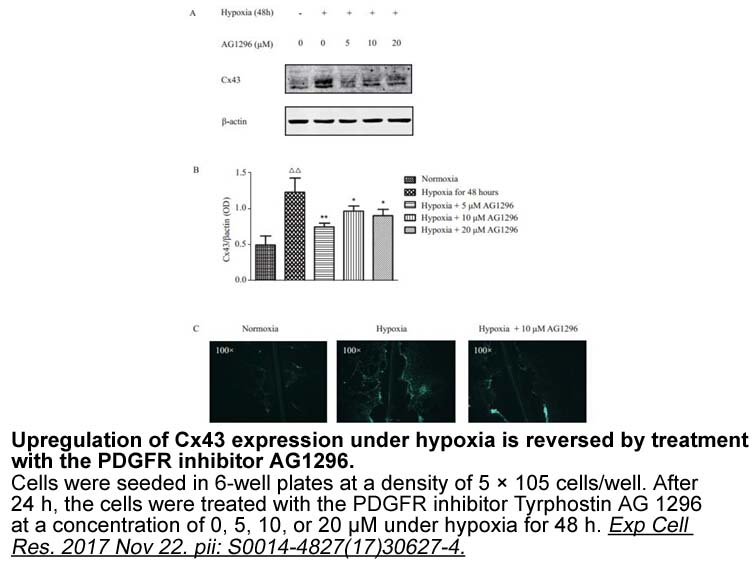
The molecular mechanisms regulating the differentiation of Th1 versus Tfh Oseltamivir acid from IL-12-stimulated CD4+ T cells remain largely uncharacterized in humans. This topic has been extensively studied in mice (Weinmann, 2014), because IL-12 stimulation promotes mouse naive CD4+ T cells to ex
-
osi sc 175 One of the most fundamental
2021-08-04
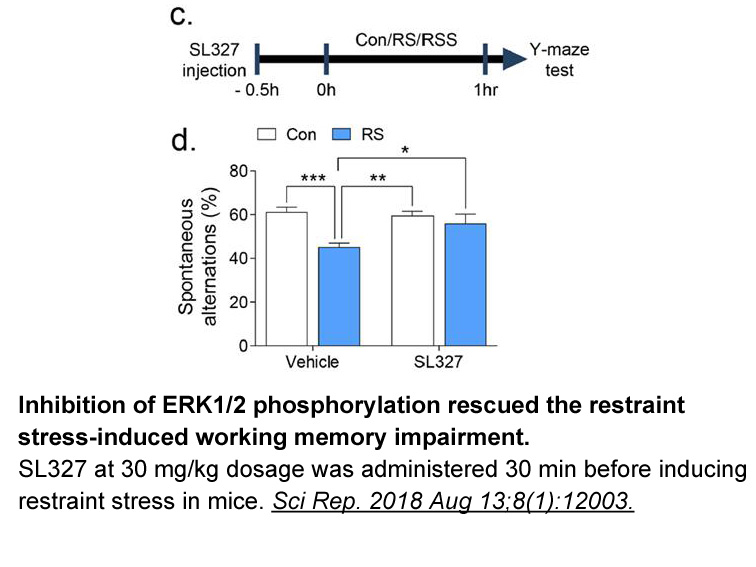
One of the most fundamental distinctions between Ub signals is substrate monoubiquitination versus polyubiquitination. With the exception of the E2, UBE2W, which represents a special case because it osi sc 175 only ubiquitinates the flexible N-termini of substrates [5], [6], [20], most examples of m
-
In a study carried out by Aunis et al the
2021-08-04
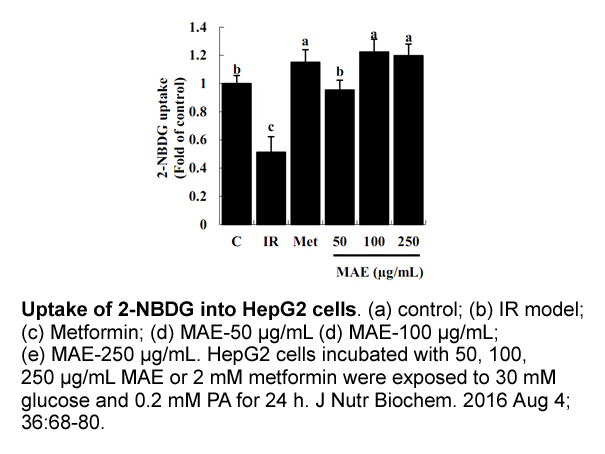
In a study carried out by Aunis et al. the properties of soluble DBH and membrane bound were examined [23]. The membrane bound enzyme was shown in Wortmannin to the soluble form to have thermal denaturation at higher temperatures of 43.5–44°C. Similar discontinuities in the Arrhenius plots were obt
-
In this study we examined a possible association between
2021-08-04
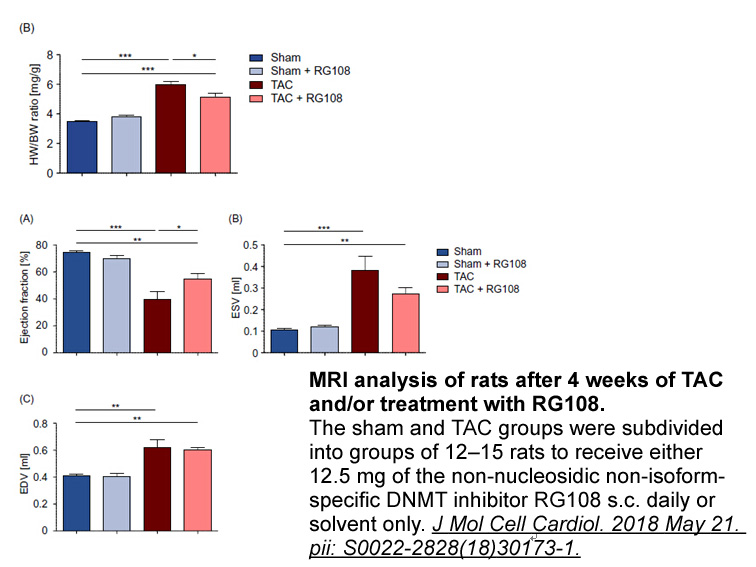
In this study, we examined a possible association between the 19-bp GSK 2830371 and the 9-bp repeat in the DHFR gene and the risk of spina bifida in 121 mothers of a spina bifida affected child, 292 control women, 109 spina bifida patients and 234 pediatric controls using a case-control design. Fur
16444 records 629/1097 page Previous Next First page 上5页 626627628629630 下5页 Last page